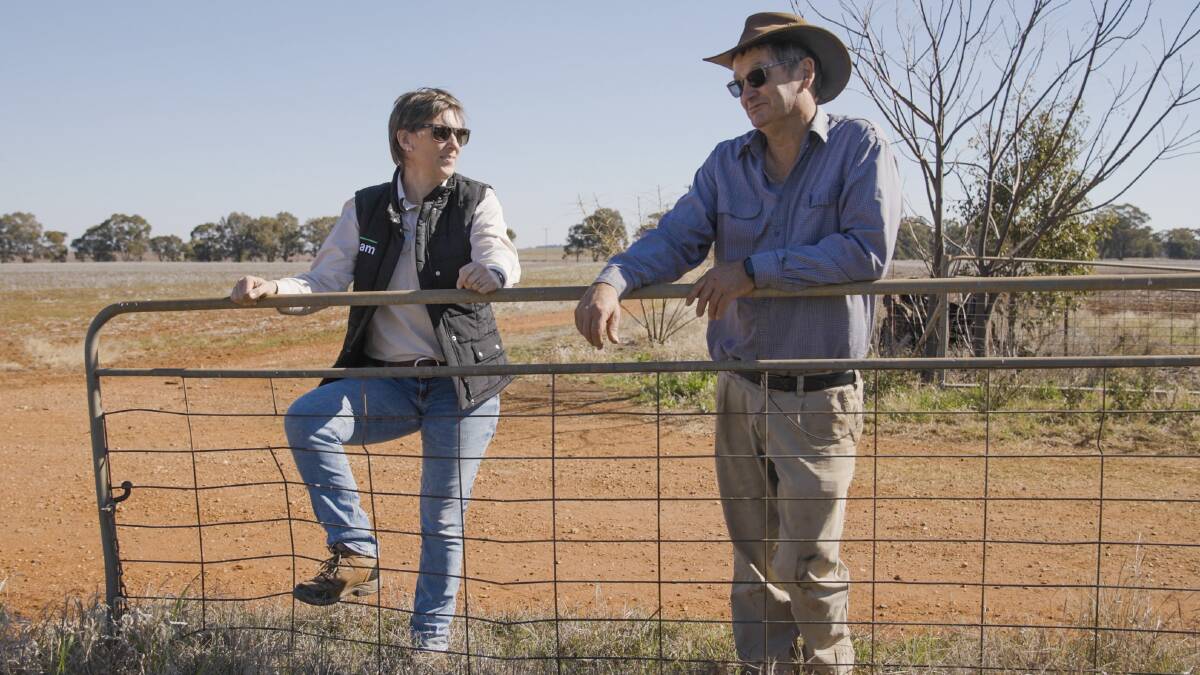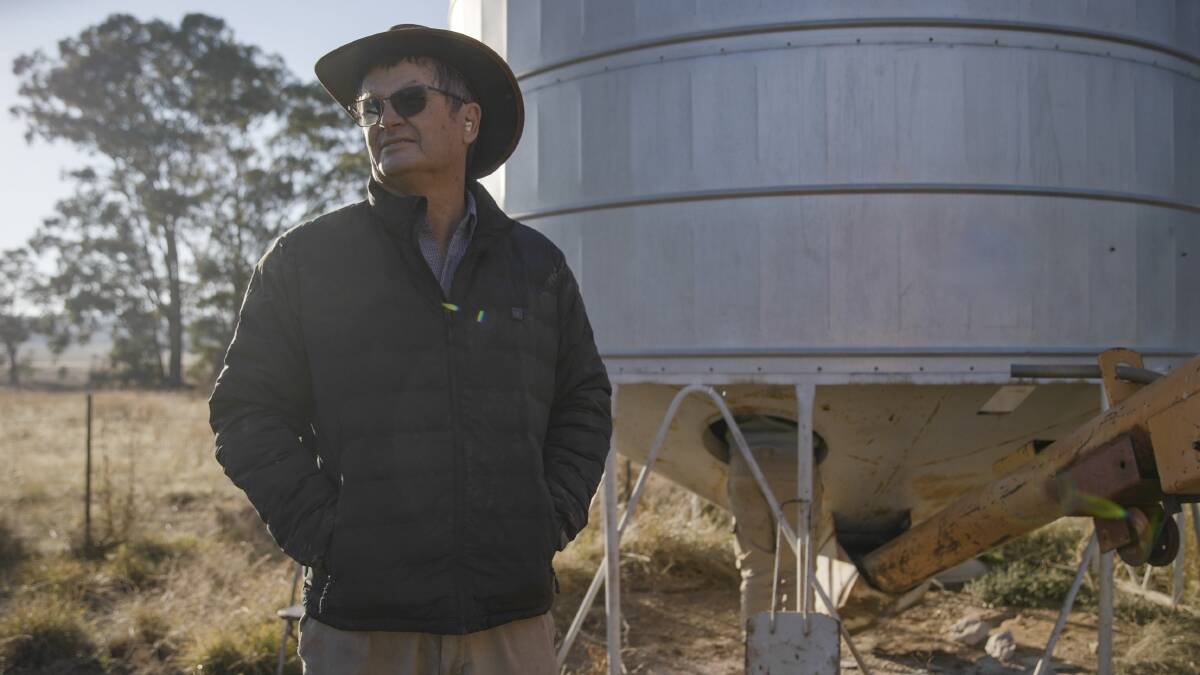Carbon sequestration in broadacre cropping can safeguard against seasons

This is branded content for Loam Bio
Sequestering carbon in broadacre farming is the easiest, most obvious and proven way to create the gigatons of carbon drawdown that is required to move the needle when it comes to safeguarding farmers against seasonal variations.
Fifth-generation NSW farmer Neil Westcott has spent the last 25 years replacing his stock with an all-out cropping operation.
He is among a growing number of farmers using Australian agricultural company Loam Bio's novel technology to sequester carbon into farming soils, improving soil health and productivity.
Loam's scientifically-backed carbon fixing fungal inoculant, CarbonBuilder, helps unlock and store stable carbon in agricultural soils, and is easily integrated into existing cropping operations.
Mr Westcott and his family are partners in a SecondCrop soil carbon project with Loam on a 571-hectare site about 30 kilometres north of Parkes in NSW.

This is the 500th eligible soil carbon project under the Australian Carbon Credit Units (ACCUs) administered by the Clean Energy Regulator.
"I believe, as farmers, we have a responsibility to help return the environment to the way it was, to put things back as they were, to make things right, and to make a difference," Mr Westcott said.
"This needs to be done at the same time as driving profit margins for the grower. Carbon farming does exactly this.
"I chose Loam because its products are based on science, harnessing the power of microbes to unlock the opportunity to remove carbon at a gigatonne scale from the atmosphere, while increasing soil productivity in agriculture.
"Also, because no other company, agency or government body has made an investment into R&D of this scale, because it stacks up against the most rigorous and heavily scrutinised set of auditing in the world, and because its 25-year carbon projects show a long-term commitment on both sides that is a solution-focused approach."
Since 2019, Loam has invested more than $70 million in lab projects, replicated field trials, and full-farm demonstrations to develop the game-changing technology.
This also includes academic validation, with independent Australian researchers recently demonstrating that Loam Bio's CarbonBuilder fungi can increase soil carbon levels, while also stabilising the carbon (Stuart et al.2024).
"Good farming starts and ends with soil," Mr Westcott said.
"Whether in a harsh drought or a flood, eventually, it is the condition of your soil that determines inputs and outputs.
"I see good soil health as a means of future-proofing our operations, to mitigate environmental variations. Loam's carbon projects are a no-brainer.
"I want to make sustainable and impactful changes now to set future generations up for a stronger tomorrow.
"Loam offers a solution-based approach to carbon farming: to improve soil health, diversify farmers' income through ACCUs and drive environmental outcomes for the greater good."
Loam set up its headquarters in NSW, and has grown to a team of 140 researchers, agronomists and carbon project specialists here and in Loam offices across the world.
This is branded content for Loam Bio


